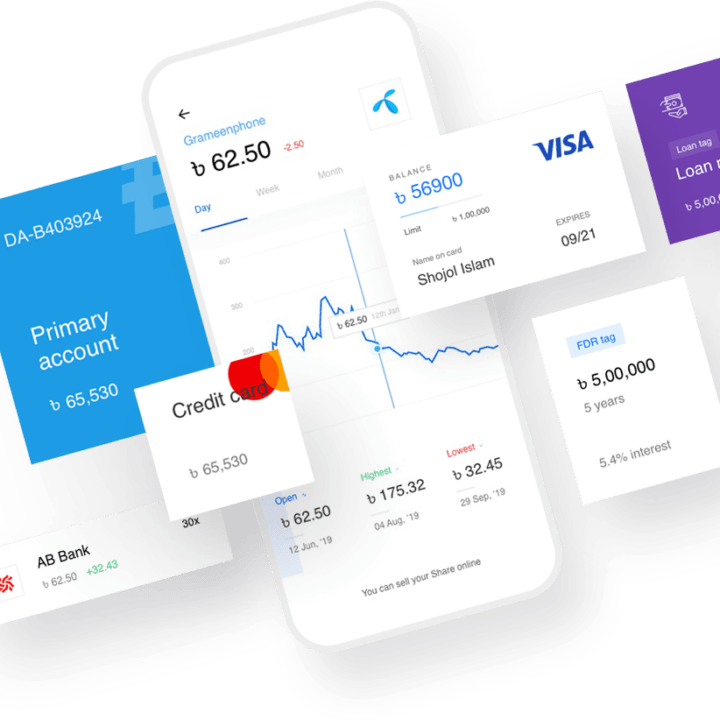Importance of Data Analytics
The Importance of Data Analytics: Unlocking Insights for Business Growth
In today’s digital age, data is one of the most valuable assets any organization can have. Companies across industries are collecting vast amounts of data, from customer behaviors to operational processes, social media interactions, and beyond. However, raw data alone is not enough to drive meaningful results. This is where data analytics comes in—helping businesses turn that raw data into actionable insights that inform decision-making, optimize operations, and drive growth.
Data analytics is a powerful tool that enables businesses to analyze trends, patterns, and correlations within large sets of data to make smarter, data-driven decisions. In this article, we will explore why data analytics is so important, how it can impact various aspects of business operations, and the key benefits it offers organizations.
1. Data-Driven Decision Making
One of the most significant advantages of data analytics is its ability to support data-driven decision-making. In the past, many business decisions were made based on intuition, experience, or subjective judgment. While these factors are still valuable, data analytics offers a more precise approach to decision-making by providing objective insights based on real-time data.
By analyzing historical data and identifying trends, businesses can make better predictions about future outcomes. For example, sales data can help a company forecast demand for a product, allowing them to adjust inventory levels accordingly. Similarly, customer data can guide marketing strategies, helping companies target the right audience with the most relevant messages.
How to Leverage Data-Driven Decision Making:
- Use data analytics tools to track key performance indicators (KPIs) and measure business performance in real-time.
- Regularly review data trends and patterns to identify opportunities for improvement.
- Implement predictive analytics to anticipate future needs and proactively address challenges before they arise.
2. Improving Operational Efficiency
Data analytics plays a crucial role in improving operational efficiency. By analyzing operational data, businesses can identify bottlenecks, inefficiencies, and areas of waste that are slowing down processes or increasing costs. This insight allows companies to streamline their operations and allocate resources more effectively, leading to better performance and reduced operational costs.
For example, in supply chain management, data analytics can help businesses optimize inventory levels, improve delivery schedules, and reduce shipping costs. In manufacturing, predictive maintenance powered by data analytics can help identify equipment that is likely to break down, allowing for preventive measures to be taken before costly repairs are needed.
How to Improve Operational Efficiency with Data Analytics:
- Implement real-time monitoring and analysis of key business operations to spot inefficiencies.
- Use data to predict when equipment or systems will need maintenance to reduce downtime.
- Analyze supply chain data to identify inefficiencies, optimize routes, and minimize waste.
3. Enhancing Customer Experiences
Understanding your customers is essential for providing exceptional service, and data analytics enables businesses to gain a deeper understanding of their customers’ preferences, behaviors, and needs. By collecting and analyzing customer data, businesses can personalize their offerings, improve customer service, and create more engaging experiences.
For example, retailers use data analytics to track customer purchase histories and browsing behaviors, allowing them to offer personalized product recommendations. Similarly, by analyzing customer feedback and sentiment data, companies can address customer concerns more effectively and create products or services that better meet customer demands.
How to Enhance Customer Experiences with Data Analytics:
- Use customer data to personalize marketing campaigns, product recommendations, and promotions.
- Monitor social media and online reviews to gauge customer sentiment and address concerns in real-time.
- Leverage customer feedback to improve products, services, and customer support.
4. Driving Innovation and Product Development
Data analytics is not just about improving existing processes; it can also play a key role in driving innovation and supporting new product development. By analyzing market trends, consumer behavior, and competitor activity, businesses can identify new opportunities for growth and create products or services that meet emerging customer needs.
For instance, businesses can use data to identify gaps in the market or discover untapped customer segments. With these insights, they can design new products or features that better serve the needs of their target audience, gaining a competitive edge in the process.
How to Drive Innovation with Data Analytics:
- Analyze customer feedback and market trends to identify unmet needs or market gaps.
- Leverage competitor analysis data to understand how your offerings compare to others in the market.
- Use product performance data to guide product improvements and innovation.
5. Improving Marketing Strategies
Effective marketing is built on understanding your target audience, their preferences, and how they interact with your brand. Data analytics enables businesses to gain this understanding by collecting and analyzing data from multiple marketing channels, such as social media, email campaigns, website traffic, and more.
By examining this data, businesses can assess the effectiveness of their marketing campaigns, optimize their messaging, and refine their targeting strategies. For example, by analyzing which types of content drive the most engagement or which marketing channels yield the highest return on investment (ROI), businesses can allocate their marketing budget more effectively and improve their overall marketing strategy.
How to Improve Marketing Strategies with Data Analytics:
- Track key metrics such as conversion rates, click-through rates (CTRs), and customer acquisition costs to measure marketing campaign success.
- Segment your customer base using data to target specific groups with personalized campaigns.
- Analyze the performance of different marketing channels to identify the most effective ones and optimize your budget allocation.
6. Risk Management and Fraud Detection
Data analytics also plays a critical role in risk management by helping businesses identify potential risks and take proactive measures to mitigate them. By analyzing patterns in historical data, companies can spot potential risks, such as financial fraud, security breaches, or operational disruptions, and take steps to prevent them.
In financial services, for example, data analytics can help detect fraudulent transactions by analyzing transaction patterns and flagging unusual activity. Similarly, businesses in various industries can use data to identify potential risks in their supply chains, operations, or compliance processes.
How to Manage Risk with Data Analytics:
- Implement predictive analytics to forecast potential risks and take preventive actions.
- Use anomaly detection algorithms to identify unusual behavior or fraudulent activity in real-time.
- Monitor regulatory compliance data to ensure your business is adhering to industry standards and avoiding penalties.
7. Enhancing Competitive Advantage
In a highly competitive marketplace, businesses must continually adapt and innovate to stay ahead of the competition. Data analytics provides organizations with valuable insights that help them identify competitive advantages and differentiate themselves from others in the market.
By leveraging data to understand market trends, customer preferences, and competitor strategies, businesses can position themselves more effectively, optimize their offerings, and make smarter strategic decisions. With data analytics, businesses can make better-informed decisions about pricing, product development, customer segmentation, and market expansion.
How to Gain a Competitive Advantage with Data Analytics:
- Monitor competitor activities and market trends to identify opportunities for differentiation.
- Use data to optimize pricing strategies and ensure your offerings are competitive in the market.
- Analyze customer feedback and preferences to create products or services that resonate with your target audience.
Conclusion: The Power of Data Analytics in Business
The importance of data analytics cannot be overstated. In a world driven by information, data analytics empowers businesses to make smarter decisions, optimize operations, enhance customer experiences, and drive innovation. By embracing data analytics, organizations can unlock valuable insights that inform strategic decisions, improve business performance, and maintain a competitive edge in an increasingly data-driven world.
To harness the full potential of data analytics, businesses must invest in the right tools, technologies, and talent. With the right data-driven approach, any organization can use data analytics to achieve sustainable growth, boost efficiency, and create more personalized and impactful experiences for their customers.





